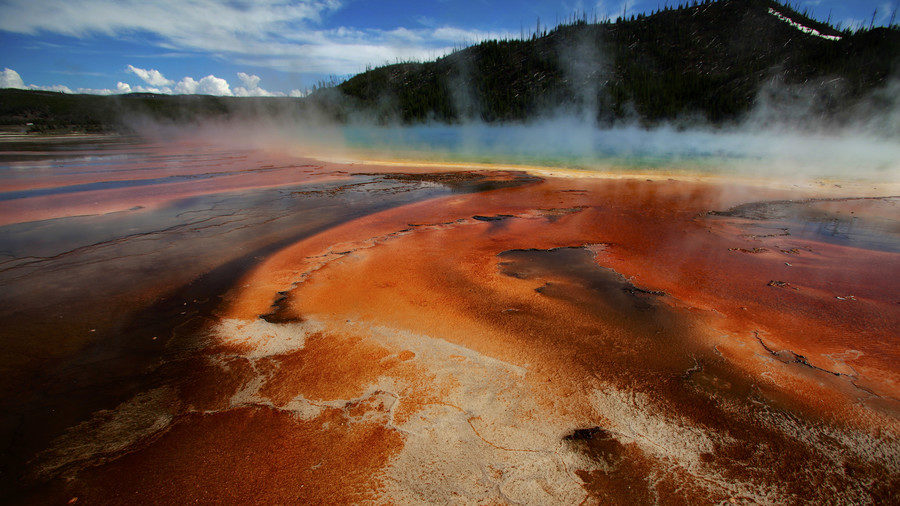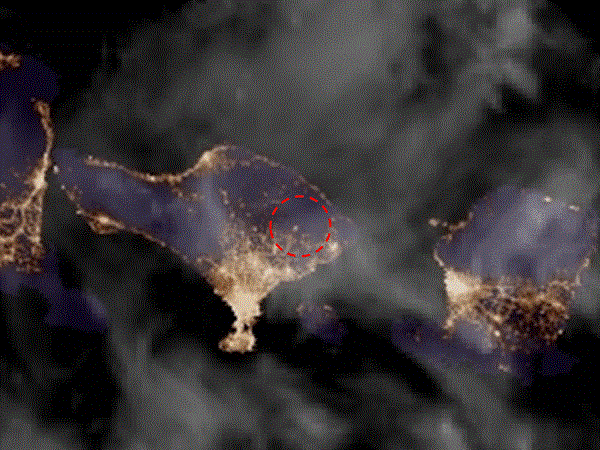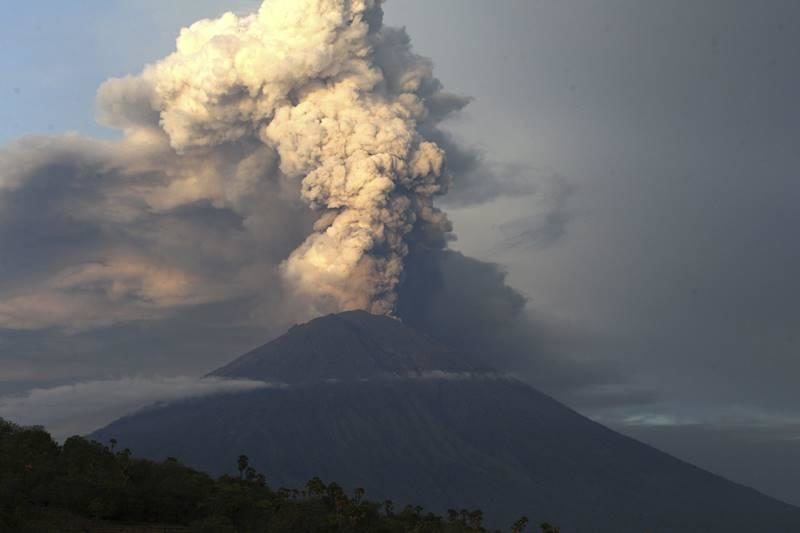
© Jim Urquhart / ReutersYellowstone National Park
If you spend any time on the internet, it seems every few months humanity is faced with a looming existential threat from the depths of space. Planet X/Nibiru, the rapture or a wayward comet are, according to conspiracy theorists, destined to destroy us.
However, there is one particular
conspiracy,
treasured by
theorists, that our impending doom will come from within planet Earth - that lurking beneath America's Yellowstone National Park is a supervolcano that will kill us all.
Yellowstone, in the midwestern US, is - they claim - about to erupt and send unfathomable amounts of matter into the sky, covering anyone in the vicinity in a pyroclastic flow of ash and rock, and blocking out the sun, wiping out almost all life on Earth in the process.
Conspiracy theories tend to draw on some grain of truth. The super volcano really has erupted before, three times in fact, over the last 2 billion years or so, but the theory goes that it's bound to do so again soon, right? RT.com caught up with Michael Poland, Scientist-in-Charge at the Yellowstone Volcano Observatory, to find out the full extent of this lurking supervolcanic 'threat.'




Comment: See this article for a different perspective: Disastrous super-eruption could happen sooner than first thought